Top Customer Support Features in the Digital Age

In an ever-changing digital landscape, understanding and implementing Top Customer Support Features in Bangladeshi Casino Apps Takabet the top customer support features is crucial for businesses looking to build lasting relationships with their customers. Customer support is the backbone of any successful company, directly influencing customer satisfaction, retention, and loyalty. This article delves into the essential features that define exceptional customer support, ensuring that help is just a click away.
1. Multi-Channel Support
Customers have diverse preferences when it comes to communication. Some prefer traditional methods such as phone calls or emails, while others lean towards modern solutions like live chats or social media messaging. Providing multi-channel support allows customers to contact you through their preferred medium, increasing the likelihood of resolving their issues swiftly and efficiently.
Importance of Channel Variety
Offering varied support channels not only enhances the customer experience but also displays a company’s commitment to accessibility. Consider incorporating the following channels:
- Email Support
- Phone Support
- Live Chat
- Social Media
- Help Desk Ticketing System
2. 24/7 Availability
Customers don’t adhere to standard business hours; they require assistance whenever they run into issues. A support team that is available 24/7 can drastically improve a company’s service reputation. This feature is particularly crucial for businesses that cater to a global audience, where time zones vary.
Implementing 24/7 Support
To provide round-the-clock support, businesses can opt for:
- Self-Service Portals: Frequently asked questions and guides.
- Chatbots: AI-driven tools to handle common inquiries at any time.
- Outsourced Support Teams: Allowing third-party agencies to manage support during off-peak hours.
3. Personalized Customer Experience
In the age of information, personalization is key. Customers appreciate when businesses recognize their history and preferences. Tailoring customer support interactions based on past purchases or inquiries can create a more engaging experience.
Techniques for Personalization
Simple techniques to enhance personalization include:
- Using customer names during interactions.
- Recommending products based on purchase history.
- Following up post-interaction to ensure satisfaction.

4. Knowledge Base and Self-Service Options
A well-structured knowledge base enables customers to solve issues without direct assistance. A user-friendly FAQ section, tutorials, and how-to guides can empower users to find answers independently, easing the workload on support staff.
Benefits of Self-Service
Self-service options can:
- Reduce wait times for customers.
- Lower operational costs for businesses.
- Increase customer engagement with your brand.
5. Proactive Customer Support
Instead of waiting for customers to reach out with problems, proactive support involves anticipating customer needs. An example is sending notifications about service interruptions or checking in with customers who may need guidance on using a product.
How to Implement Proactive Support
Effective strategies for proactive customer support include:
- Regular updates about products, services, or system outages.
- Send reminders for renewals or subscriptions.
- Engage customers through surveys to assess satisfaction and identify potential issues.
6. Effective Training for Support Teams
The quality of customer support largely relies on the staff’s abilities. Proper training can ensure that your team is knowledgeable and capable of resolving issues efficiently.
Components of Successful Training Programs
Consider incorporating these elements into training:
- Product knowledge sessions.
- Role-playing scenarios for common customer interactions.
- Customer service etiquette and soft skills development.
7. Customer Feedback Mechanisms
Listening to customers helps businesses improve their services. Establishing clear channels for feedback can guide your customer support strategies effectively.
Types of Feedback Tools
Some popular methods include:
- Surveys: Post-interaction surveys can gauge satisfaction.
- Focus Groups: Gathering insights from a select group of customers.
- Online Reviews: Monitoring and responding to feedback on platforms like Google or Yelp.
8. Integration with Customer Relationship Management (CRM) Tools
Integrating customer support systems with CRM software can streamline processes. It allows support agents to access customer data quickly, enhancing their ability to resolve inquiries.
Advantages of CRM Integration
Some of the key benefits include:
- A single view of customer interactions.
- Enhanced data accuracy and reporting.
- Improved collaboration between departments.
9. Data Analytics and Reporting
Using data analytics to monitor customer support performance can unveil insights that drive improvements. By analyzing patterns, businesses can identify common issues and optimize their support features.
Key Analytics to Track:
Consider tracking the following:
- Average response and resolution times.
- Customer satisfaction ratings.
- Support ticket trends over time.
10. Efficient Escalation Procedures
Not every issue can be resolved on the first contact. Your customer support structure should include clear escalation procedures for complex problems that require expert intervention.
Establishing Escalation Protocols
To develop this effectively, consider:
- Clearly defined criteria for escalations.
- Ensuring all team members are trained on the escalation process.
- Regular review and adjustment of escalation paths based on feedback and effectiveness.
Conclusion
In a world where customer expectations are continually evolving, adapting to include these top customer support features is vital. Businesses that prioritize robust support systems not only enhance their customer satisfaction rates but also gain a competitive advantage. By investing in multi-channel support, 24/7 availability, personalization, self-service options, and the other outlined strategies, companies can build strong, lasting relationships with their customers that benefit both parties. In doing so, they transform customer support from merely a service function into a key driver of customer loyalty and business growth.

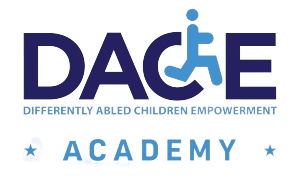
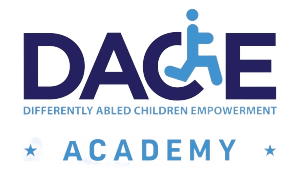
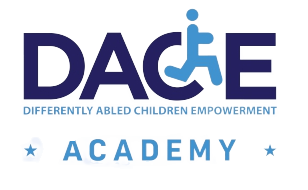
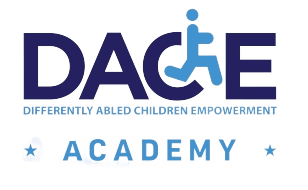
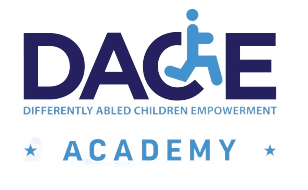
No Comments